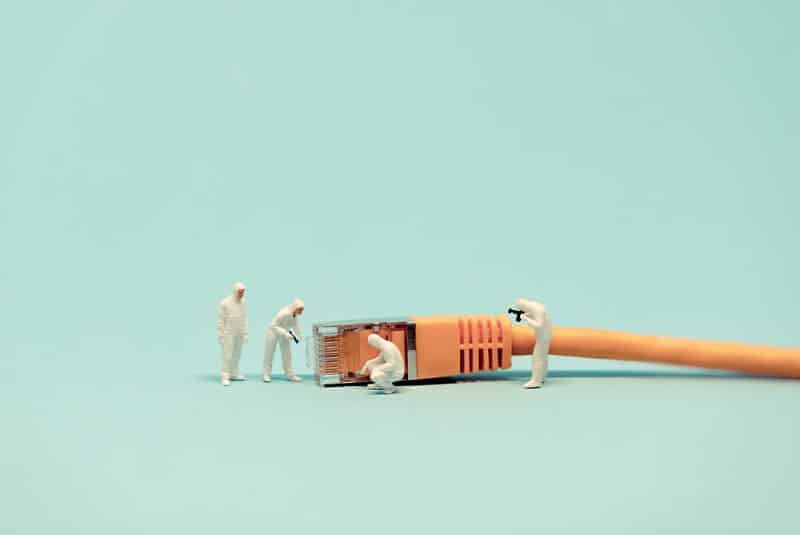
Due to the increase in multimedia and communications applications many people are opting to obtain a high speed broadband Internet connection. One of the ways to achieve this type of connection is through cable, and although it is a very fast way to access the Internet there are occasional problems that can occur.
Typical Cable Internet Issues and How to Fix Them
There are many different problems that can cause an interruption in your cable Internet connection. Some of the problems are due to issues on the end of your cable service provider and other problems are due to the connection on your end. Here are some of the typical problems that can occur that you can fix on your own before calling your cable provider.
- Signal Loss: While it is normal for the Internet signal to fluctuate with a cable connection as long as it is within a specific range of the cable modem, a signal that soars too high or too low can cause the cable modem to malfunction and lose the signal. You can test the cable modem by adding a substitute to see if the problem is with the modem itself or the cable equipment that is connected to the building.
If the problem does not appear to be the modem the problem may be caused by the splitter. The splitter is a device that is installed for the purpose of splitting the modem signal in the cable connection. If you have to replace the splitter make sure you use one that is compatible with the equipment that your cable provider uses.
- Connecting Gear: If the cable modem is functioning properly and the splitter is operating effectively, the problem could lie in the equipment that is connected to the cable modem. One of the main pieces of equipment is the router and sometimes the router tends to lose its connection to the modem. To fix the problem, try switching off the router, the cable modem, and shutting down your PC. Once everything is shut down switch on the router and the cable modem and then boot up your PC.
- Computer: If none of the above appears to be the problem, try scanning your computer with an antivirus anti-malware program to find out if there is a virus or if malware has entered your PC without your knowledge. Any type of virus or spyware can cause your PC to lose the Internet connection. Also, make sure you have your operating system security updated with the latest patches. For example, Microsoft Windows will automatically notify you of the latest security updates provided you have the security system enabled in the Windows operating system.
If all else fails then call your cable Internet provider to see if they can help you resolve the issue. In the meantime you may find that one or more of these troubleshooting steps may prevent you from having to wait for your cable provider to make a service call during regular business hours.
what i like about cable internet is that it is almost immune to electrical noise which always degrades DSL lines `*’